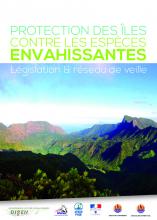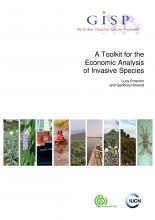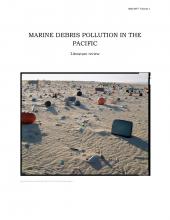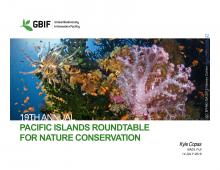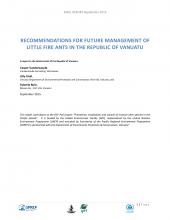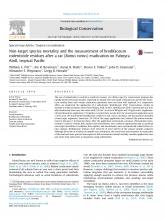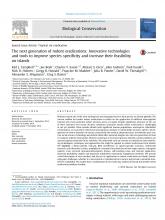Marine Debris Pollution in the Pacific : Literature review
Secretariat of the Pacific Regional Environment Programme (SPREP)
2014
Rapidly expanding human populations and associated economic growth and overconsumption is resulting in serious degradation of the natural environment human survival depends on (Vitousek et al., 1997; Sanderson et al., 2002; Orr, 2004; Alroy, 2010; Branch et al., 2013). Almost half of the global human population currently lives within 150km of the coast (UN Atlas of the Oceans, 2014). This results in severe pressures being placed on marine and coastal environments. Anthropogenic impacts on oceans include physical alterations of the coasts and seafloor, as well as chemical and biological contamination through sewage, industrial wastes and agricultural discharges, dredging, desalination, shipping, and fossil fuel and ore extraction. These pressures, together with overfishing, by-catch, destructive fishing methods (e.g. blast fishing), introduction of invasive species, boat strikes, acoustic pollution, climate-related changes (i.e. ocean acidification, sea level rise, freshwater inundations, cyclones) can cause structural changes in marine communities and the loss of genetic variability and other side-effects of human interference with exceptionally complex ocean ecosystems (Gray et al., 1979; Goldberg, 1995; Vitousek et al. 1997; Islam and Tanaka, 2004; Pauly et al., 2005; Panigada et al., 2006; Crain et al., 2008; Halpern et al., 2008; Ramirez-Llodra et al., 2011)
